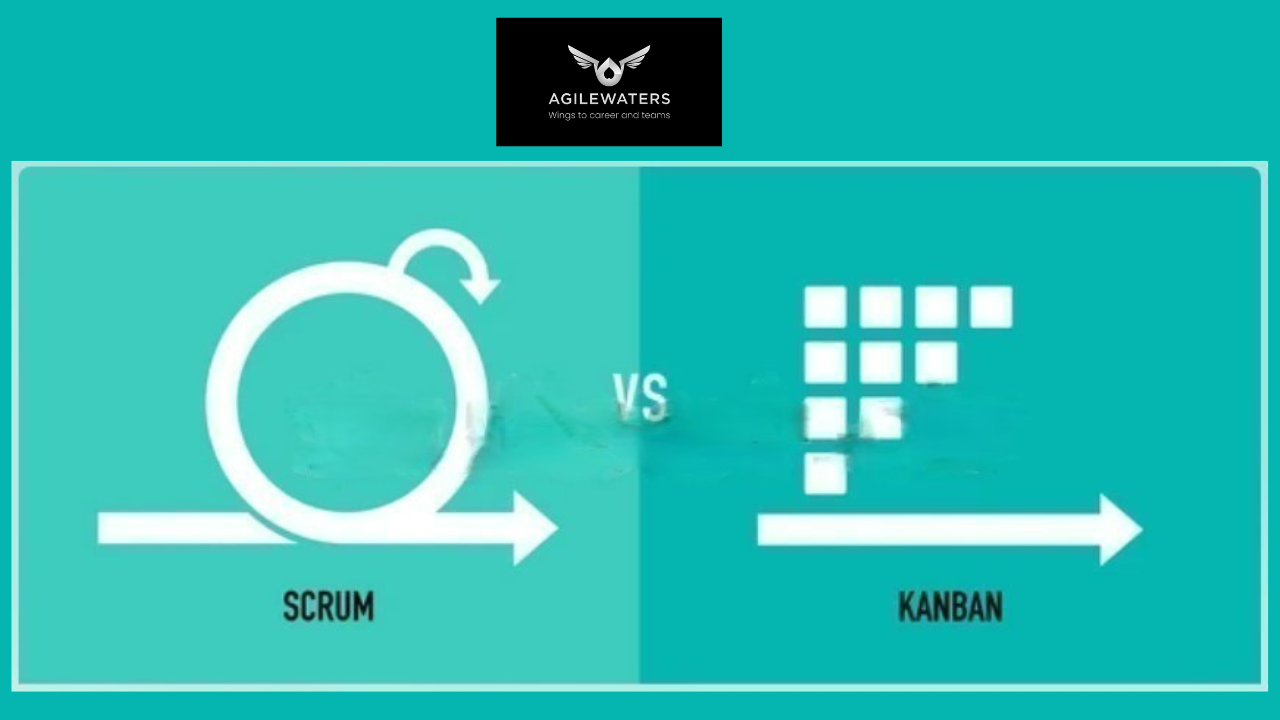
Introduction:
Scrum and Kanban have become two formidable competitors in the dynamic field of project management and agile approaches. Which one, though, is best for you? We are here to guide you through this decision-making process as seasoned bloggers in the field of agile techniques. In this article, we’ll examine the subtle differences between Scrum and Kanban, providing information that will help you decide which approach is best for your particular needs.
The Symphony of Scrum
Act 1: Setting the Stage
Let’s start by exploring the world of Scrum, a structured framework that has become incredibly popular both within and outside of the context of software development.
Act 2: The Sprint Showdown
We’ll look at the sprint, the centerpiece of Scrum, in this act. Learn how daily stand-ups, sprint reviews, and sprint planning combine to form a rhythm that can result in successful project delivery.
Act 3: Scrum Roles and Responsibilities
The Product Owner, Scrum Master, and Development Team are the main players in Scrum. We’ll look at each of their duties individually. and discover how they improve the Scrum process.
Act 4: The Product Backlog Unveiled
The focus is on the Product Backlog. We’ll discuss its behavior. as the project’s script, setting priorities and ensuring that your team is consistently focused on the most important tasks.
Act 5: The Grand Finale
We’ll examine sprint reviews. and the value of continuous improvement to round up our investigation of Scrum. Scrum is a show that changes over time, just like a successful show should.
Kanban: The Flow of Harmony

Act 1: The Art of Visualizing Work
Let’s move on to the Kanban realm, where visualization is crucial. Discover how Kanban boards can turn your process into a visually stunning masterpiece.
Act 2: Limiting Work-in-Progress (WIP)
Creating a Work-in-Progress environment will be examined. restrictions keep your team on track and avoid overloading to ensure a seamless workflow.
Act 3: The Kaizen Principle
Learn about the Kaizen philosophies that are guiding continuous improvement in the Kanban space. We’ll consider how subdued, gradual adjustments can result in remarkable outcomes.
Act 4: Flexibility Takes Center Stage
Kanban is all about flexibility, unlike Scrum’s fixed-length sprints. Recognize how it effortlessly adjusts to erratic workloads and shifting priorities.
Act 5: The Audience’s Role
Everyone has a role to play in Kanban. The importance of cooperation will be covered. Openness and how Kanban keeps your audience (your stakeholders) interested in the process at all times.
The Final Act: Choosing Your Agile Adventure
In this climactic conclusion, we’ll assist you in determining which approach best suits the requirements of your team and the nature of your projects. Project type, team size, task complexity, organizational culture, and customer engagement are a few things to think about.
We’ll also introduce you to the concept of “Scrumban,” a hybrid approach that blends the best of both Scrum and Kanban for a tailored solution.
Curtain Call: Embrace Agility
As we bring the curtains down on this exploration of Scrum and Kanban, remember that the world of agile methodologies is dynamic. Your choice today might evolve as your team and projects do.
Embrace agility as a guiding principle, and don’t be afraid to experiment, adapt, and grow. Scrum and Kanban are not just methodologies; they are tools that can help you craft your agile journey.
In this ever-changing landscape, finding the right fit isn’t about adhering to strict rules; it’s about choosing the practices that will empower your team to deliver value efficiently and effectively.
So, are you ready for your agile adventure? The stage is set, and the choice is yours—Scrum, Kanban, or perhaps a blend of both. Let the curtain rise on your agile journey!








